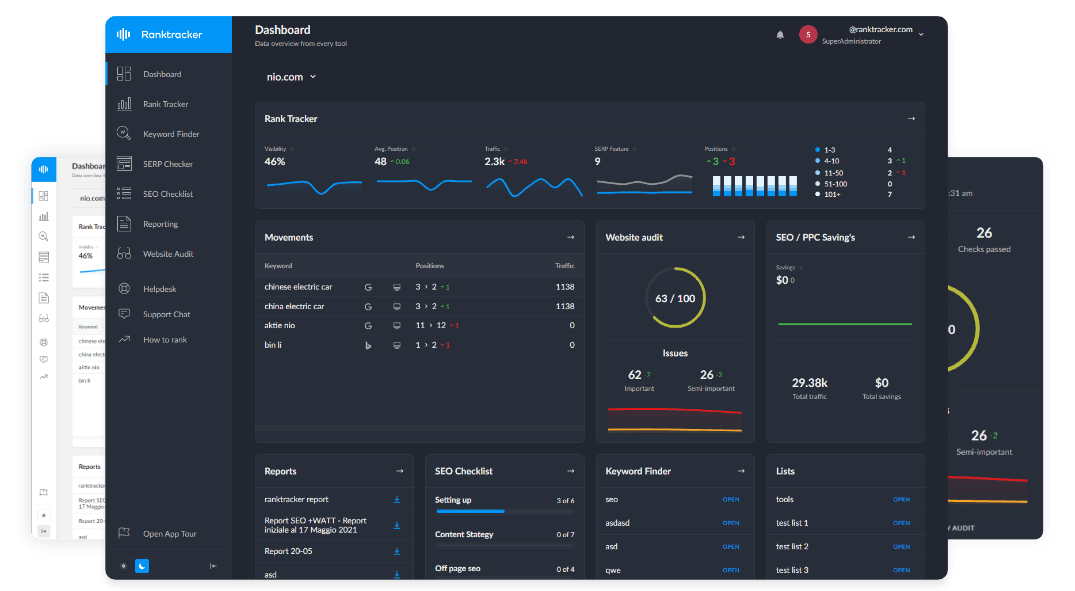Intro
For two decades, marketers treated Google as a straightforward ranking game. Secure the top spot, win the click, and watch conversions follow. That model is quickly disappearing. Google’s results page is no longer a neat stack of “ten blue links” but an AI-powered answer engine. It doesn’t just retrieve documents—it synthesizes them into summaries and, in many cases, turns the search page itself into a conversational workspace.
This evolution has profound consequences. Click-through rates are falling, attribution models are breaking, and the old playbooks for SEO are under pressure. Yet the idea that “SEO is dead” misses the point. The channel isn’t dying—it’s broadening. To remain effective, marketers must learn how to optimize not only for classic rankings but also for how Google’s AI composes, reasons over, and cites the web.
From search results to synthesized answers
When Google introduced AI Overviews in 2024, the idea was to help people grasp a topic more quickly. Instead of clicking through multiple sites, users could see an instant summary with links to cited sources. Within a year, Overviews expanded to more than 200 countries and 40 languages.
Hot on their heels came AI Mode, a more interactive experience. Unlike Overviews, which are static summaries, AI Mode breaks down complex queries into subtopics, reasons across sources, and supports follow-up questions. In other words, it encourages users to stay inside the search environment and refine their requests in real time. Google has already started layering in “agentic” features such as restaurant bookings, with appointments and tickets on the horizon. For now, AI Mode is English-only, but it is rolling out to 180 countries.
The trajectory is clear: Google Search is becoming a conversational platform in its own right, competing not just with websites but with AI assistants like ChatGPT and Perplexity.
The impact on traffic and analytics
This shift is not cosmetic—it changes how users behave and how marketers measure performance. Studies suggest that when an AI Overview appears, organic click-through rates drop by around 30 percent. Even if your site is cited as a source, you may see less traffic than before.
To complicate matters, measurement isn’t straightforward. Google Search Console groups AI Overview and AI Mode impressions into the “Web” report, but impressions only count when a link becomes visible or is expanded. That means the numbers marketers see in Looker Studio or GA4 often understate true visibility. On top of that, brand searches and direct visits may inflate as users first encounter a brand in an AI Overview and later return by typing the name directly. The traditional “organic vs. direct” split becomes blurry, making ROI calculations harder to explain to stakeholders.
_For marketers, this calls for a broader lens. SEO remains cheap and scalable, but it no longer works in isolation. It needs to be paired with PPC and branded campaigns + UX optimization to secure conversions and mitigate the losses from zero-click searches. Start with comprehensive SEO & content audit, competitive analysis and strategy review, then re-design your funnels and content _- underlines Szymon Slowik, SEO expert & strategist, founder of takaoto.pro.
How AI changes the rules of SEO
What does it take to rank in this new landscape? The fundamentals have shifted. Keyword density and backlinks are no longer enough. Google’s AI now evaluates whether content clearly defines entities, attributes, and relationships—and whether it can be parsed efficiently by language models.
The All-in-One Platform for Effective SEO
Behind every successful business is a strong SEO campaign. But with countless optimization tools and techniques out there to choose from, it can be hard to know where to start. Well, fear no more, cause I've got just the thing to help. Presenting the Ranktracker all-in-one platform for effective SEO
We have finally opened registration to Ranktracker absolutely free!
Create a free accountOr Sign in using your credentials
That means clarity takes precedence. If a page introduces a product, brand, or concept, it needs to name it up front and describe it with precision. Supporting details such as specifications, claims, or comparisons should sit close to the entity, not buried three scrolls down. When Google’s systems fan out a query into related subtopics, they need structured content they can quote and recombine.
Entity salience is crucial here. Marketers increasingly treat entity extraction as a workflow step, running drafts through Named Entity Recognition tools to ensure the main entity is detected with high confidence and related entities appear in sensible proximity. Simple, factual sentences—“Model X has COP 4.6,” “Brand Y is headquartered in Wrocław”—improve the odds of being cited. In essence, SEO is becoming as much about parsability for machines as readability for humans.
Content for conversational queries
The rise of AI Mode means that search is no longer a one-shot question but a layered conversation. A user might start with “What is a heat pump?” then follow up with “Is Model X better than Model Y?” and finally ask “Which one is cheapest near me?” Sites that only cover the first query risk being left out of the chain.
The solution is to build out query networks around your entities. A definition page should naturally branch into comparisons, buying criteria, constraints, and price-qualified or local variants. When your site already hosts these answers, Google has more reasons to keep citing you as the conversation unfolds. This isn’t about creating dozens of thin pages—it’s about weaving together comprehensive, intent-rich content that anticipates how users explore a topic.
Rethinking SEO as a marketing channel
Marketers often panic when they see CTR declines in their reports. But the real story isn’t that SEO is shrinking. It’s that its role in the customer journey is changing. SEO now functions less as a pure traffic engine and more as a visibility layer—one that shapes brand awareness at the Zero Moment of Truth (ZMOT) and drives mid-funnel discovery even when the final conversion happens elsewhere.
To make that work, attribution needs to evolve. Instead of treating SEO as a silo, it should be integrated with PPC, brand campaigns, and even discovery platforms like TikTok or Perplexity. Looker Studio dashboards must adapt to reflect AI-driven impressions and new traffic patterns. And marketers must get better at storytelling: explaining to executives why visibility in AI Overviews, even with fewer clicks, is still a win for brand presence and eventual conversions.
Why SEO still matters
The temptation to declare SEO dead resurfaces every time Google shifts the ground. But the evidence points the other way. Search remains one of the most scalable and cost-effective channels available. What has changed is the playbook. Success now depends on content that machines can parse, entities that are clearly defined, and strategies that account for how AI reshapes measurement and user journeys.
For marketers willing to adapt, the opportunity is still enormous. The challenge is not whether SEO survives, but whether we can evolve fast enough to keep pace with AI Overviews, AI Mode, and the new era of conversational search.

